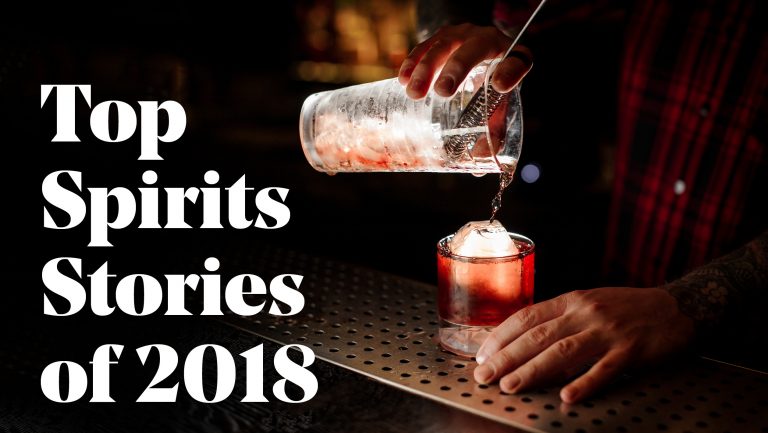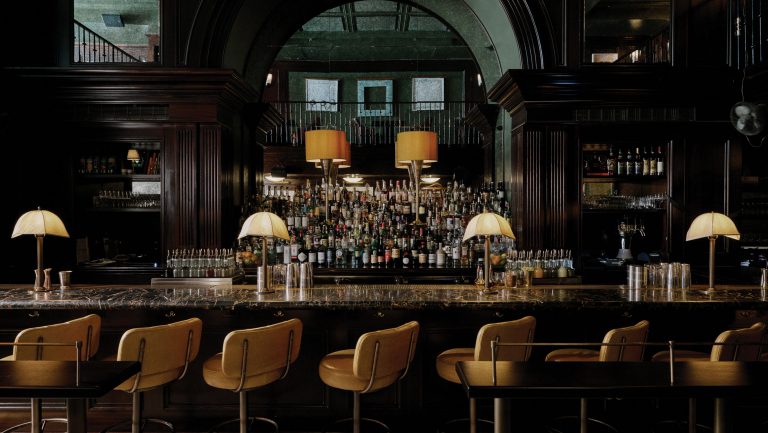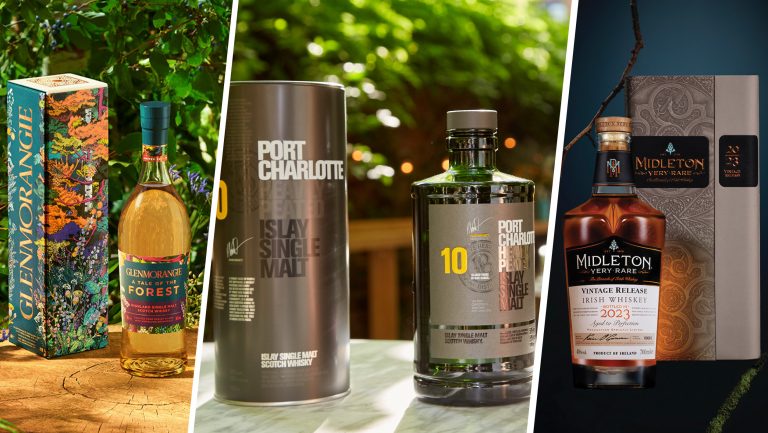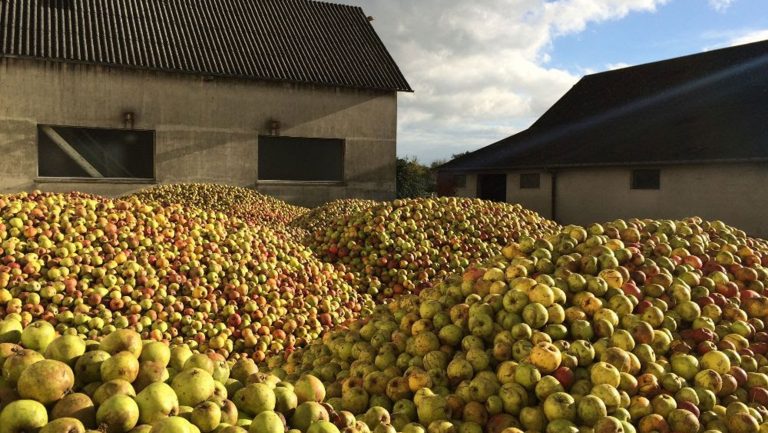Our top-performing spirits articles of the year ran the gamut from entertaining to educational. We had bartenders spilling on their nights from hell (cracked bottles and skulls weren’t even the worst of it) and legal experts weighing in on how to start a spirit brand without a distillery. Also popular were stories on building more profitable cocktail programs, how drinks doyenne Julie Reiner influenced a generation of bartenders, and the world’s fastest-growing spirit brand. Our readers were especially interested in new happenings in the industry, including the global cocktail trends that shaped 2018 and the packaging rebrands that tripled sales for some wine and spirits brands. And our most popular spirits story by far featured the unique three-tier staff-training program that helped give rise to one of the world’s best bars.
10. House Spirits Forges A New Model with Rum Distillery Partner
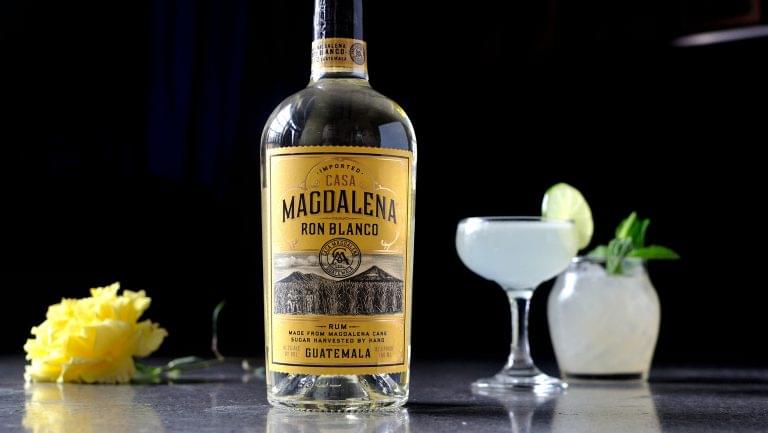
A relationship to produce Casa Magdalena Rum gives craft control at volume
Tom Mooney looks unbelievably small as he crosses a catwalk high above the Magdalena distillery. Set in the Pacific lowlands of Guatemala, this is a distillery whose scale is more that of an oil refinery than a craft distiller. Six massive fermentation tanks dominate the space, each holding 1.8 million liters and rising several stories. A column the size of a redwood quietly burbles with refined ethanol and runs nearly perpetually and with a ruthless efficiency, producing up to 300,000 liters a day of super-clean distillate at 96.4 percent pure alcohol. The whole operation is fed by an underground pipeline that brings molasses from the adjacent sugar mill. This, in turn, sits amid 163,000 acres of sugarcane, where some 7,500 cane cutters harvest about 6.8 million tons annually to feed three voracious sugar production lines. Agriculture, meet industry. [Read more]

Don’t miss the latest drinks industry news and insights. Sign up for our award-winning newsletters and get insider intel, resources, and trends delivered to your inbox every week.
9. 6 Essential Books Every Spirits Professional Should Own

A spirits strategist compiles his top-tier selection from the last 70 years of publishing
In service to the idea that a bartender or brand ambassador would benefit most from focusing on an abbreviated canon, here are the six essential books every spirits professional should own. A few notes regarding how this list was compiled: I tried to stay away from specialist texts that aren’t likely to be useful to everyone in the trade; this means you won’t find books on molecular mixology or 19th-century barmen, or cocktail books put out by world-renowned bars or restaurants. I also did my best to offset the effect of recency bias, scouring my brain and shelves for books that weren’t published in just the last five years. [Read more]
8. Bartenders Spill on Their Nights from Hell
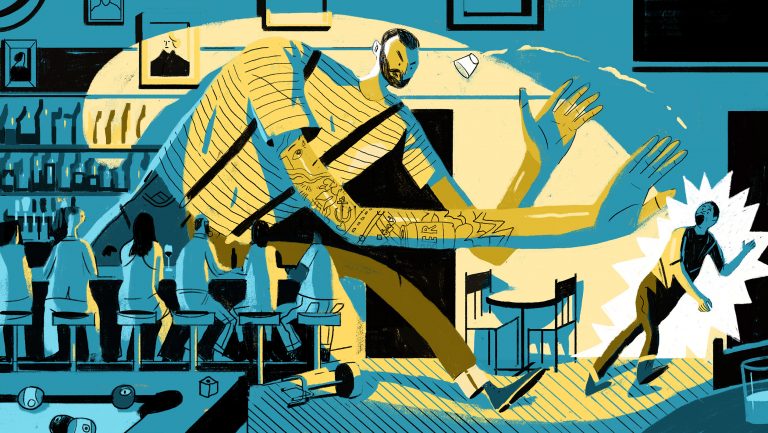
Cracked bottles and skulls aren’t the worst of it—bartenders share their most unbelievable nights on the job
Everyone has a bad night now and again, but the ones bartenders have may be even worse. No matter how fun, cool, or upscale the bar is, there’s always the potential for things to get out of hand—and sometimes in very unexpected ways. SevenFifty Daily spoke to bar owners, bartenders, and beverage managers throughout the U.S.—and one in Ireland—and gathered a collection of hell-night stories that chronicle the extremes of misbehavior. The stories range from humorous to horrifying—involving a shattered Methuselah, a cracked skull, firearms, bodily fluids, and a man with no pants—and not one of them has to do with broken toilets. [Read more]
7. Building a More Profitable Bar Program
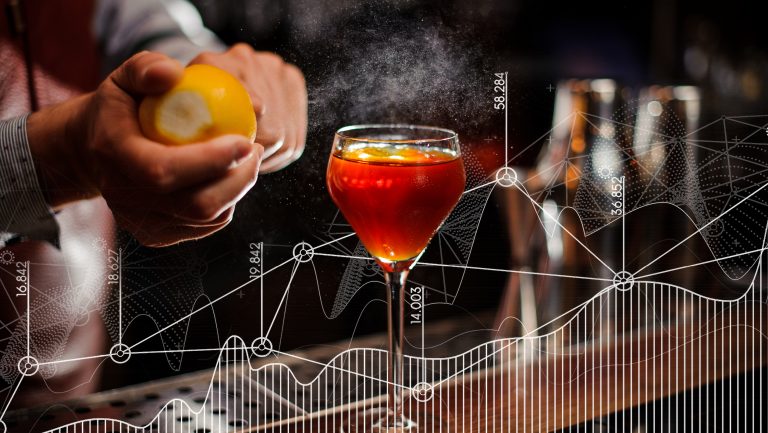
Experts give advice on business practices and services that can help boost the bottom line
“It’s very easy to throw a bunch of expensive ingredients together and make a drink seem fancy, but is that good for business?” asks Alexander Day, one of the partners in Death & Co., a popular cocktail bar located in New York City’s East Village neighborhood (and about to open a second location, in Denver). “Oftentimes, without proper planning, it’s not,” he says. “Even if you’re tightening down, eventually, what your costs look like, if you’re not developing your menu and your program holistically, with an eye toward being a responsible business owner, then you’re really risking a lot.” Death & Co. learned this lesson firsthand, working off early menus that Day says consisted of “extremely expensive” recipes, before adopting the business strategy it uses today. [Read more]
6. How Julie Reiner Influenced a Generation of Bartenders
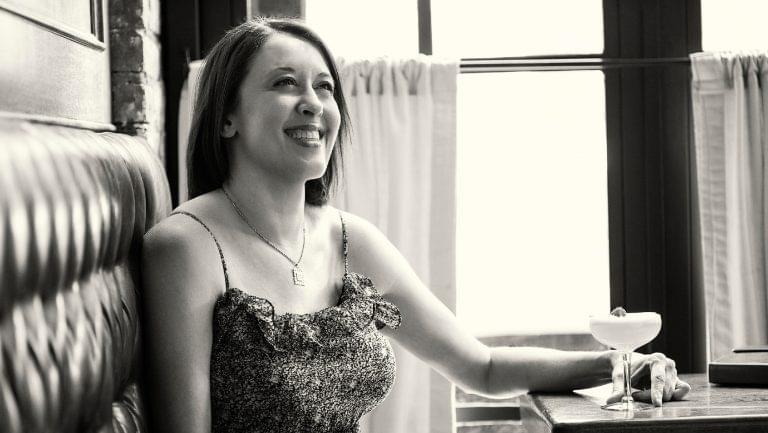
The drinks doyenne shaped New York City’s cocktail culture and boosted the careers of many of its players
Hospitality and fresh ingredients—they’re the building blocks of Reiner’s quarter-century career. She evolved her mother’s lessons into a bartending style that helped launch the modern cocktail movement. The founder of Manhattan’s Flatiron Lounge, a silent partner at the Pegu Club, and the co-owner of Brooklyn’s Clover Club and Leyenda, Reiner, 44, boosted the careers of many drink-world players: Ivy Mix and Lynnette Marrero, the co-founders of the female bartending competition Speed Rack; Katie Stipe, who started bar programs at the Vandaag and Grand Army; Guiseppe González, owner of Suffolk Arms; Tim Cooper of Sweetwater Social and 86 Co.; Phil Ward, who opened Death & Co. and owned Mayahuel; Toby Maloney of Chicago’s Violet Hour; Cuffs & Buttons co-founder Chad Solomon; Highland Park brand ambassador Tonia Guffey. The list goes on. [Read more]
5. Analyzing the Global Cocktail Trends That Shaped 2018
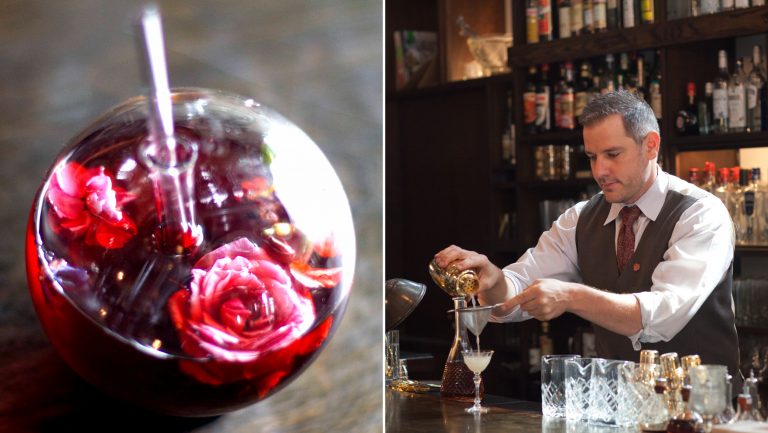
Takeaways from 347 drinks served at the world’s most cutting-edge bars
Among the categories of the Spirited Awards presented at Tales of the Cocktail each year is World’s Best Cocktail Menu. Ten menus were selected for the penultimate round, with the semifinalists this year featuring cocktails that ranged in style from fanciful to no-nonsense, and in origin from New York and London to Seoul and Singapore. In all, the menus featured 347 cocktails, not counting wine, beer, punches, or drinks made from vintage spirits.
After spending a couple of long afternoons reviewing the menus as a Spirited Awards judge, and then later reviewing them again with a fine-toothed comb (and a spreadsheet), I concluded that there were essentially two things that could be learned with a close look at these cocktails: A whole lot, and not a whole lot. [Read more]
4. How New Amsterdam Became the World’s Fastest-Growing Spirits Brand
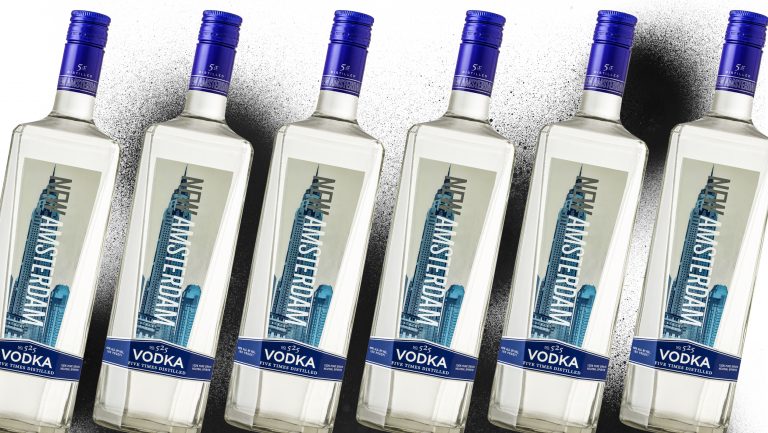
Fueled by Gallo’s network, the brand’s vodka is now selling more than 5 million cases a year
New Amsterdam Vodka has only been around since 2011 but has proven that a brand’s youth has little to do with its path to success. Since its debut, the “five-times distilled” spirit founded by E. & J. Gallo Winery has set records in sales, selling 1 million cases within its first year of existence, according to New Amsterdam Spirits, and starting a steady march toward the 5 million mark for annual case sales, reached in 2016. These were the fastest-set records for a spirit’s sales in U.S. history. [Read more]
3. Starting a Spirit Brand Without a Distillery
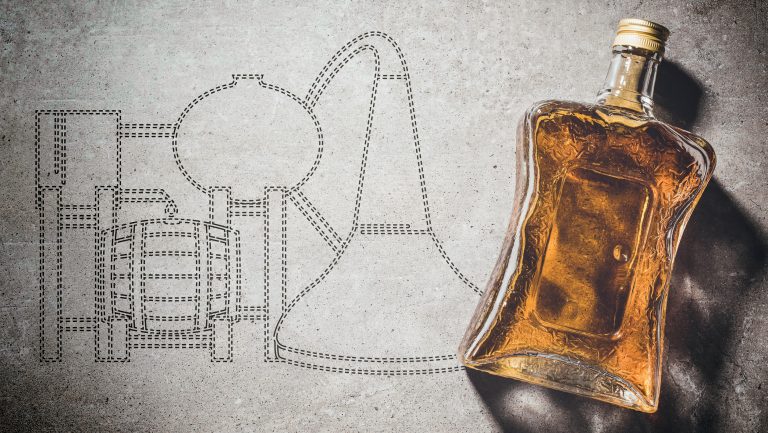
A drinks industry lawyer discusses product development, legal compliance, and getting to market
“Many of the first American whiskey brands were created by companies without distilleries,” explains Noah Rothbaum, the author of The Art of American Whiskey. “The blend of sourced whiskeys is what was known, not the distilleries that produced them.” Not much has changed in that respect—today, companies both large and small are still buying sourced whiskey or blending the products of several distilleries that commonly remain unnamed on the label. [Read more]
2. Who’s Designing the Industry’s Most Distinctive Bottles?
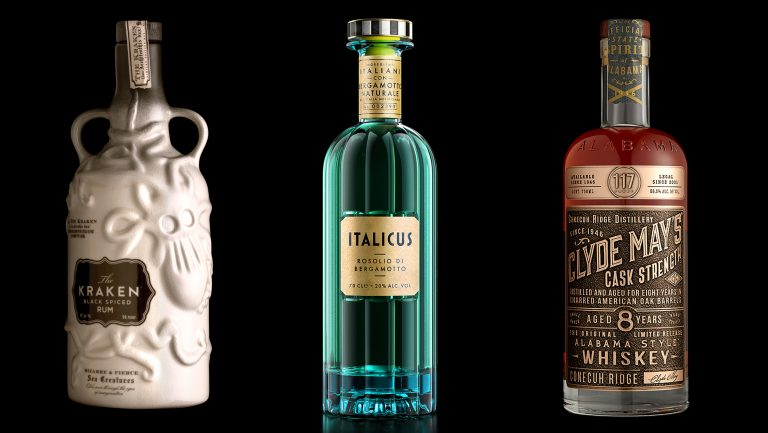
Packaging rebrands by Stranger & Stranger have tripled sales for some wine and spirits labels
Standing out prominently on the shelf is one of the biggest challenges facing wine and spirits brands. As many long-established brands have discovered, a fresh bottle design and label graphic can significantly boost sales. In recent years, the design firm Stranger & Stranger has developed a reputation for crafting some of the smartest, most visually arresting packaging for new and established wine and spirits brands alike. [Read more]
1. How Dead Rabbit Scaled Up Its Staff-Training Program
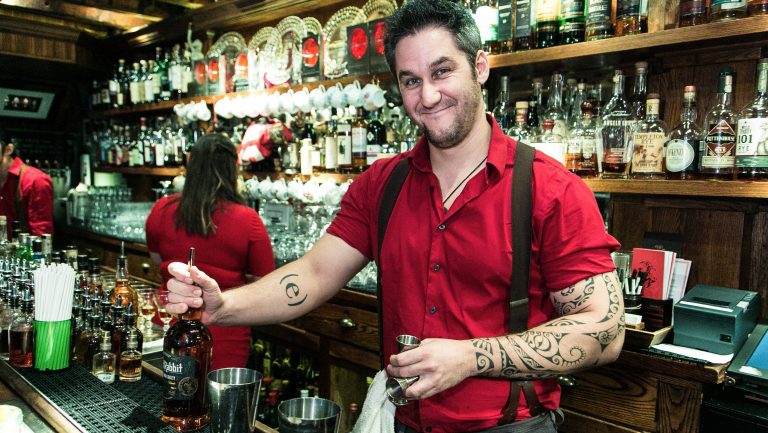
Director of education Gregory Buda designed and implemented an education plan like no other
The list of awards claimed year after year by Jack McGarry and Sean Muldoon’s New York City bars—The Dead Rabbit Grocery and Grog and BlackTail—may appear to be owed squarely to their cocktail oeuvre, but the best bars are nothing without a team of talented, well-trained, committed employees, and these two acclaimed establishments, which have recently taken their staff-training program to a new level, certainly have that. [Read more]

Dispatch
Sign up for our award-winning newsletter
Don’t miss the latest drinks industry news and insights—delivered to your inbox every week.

